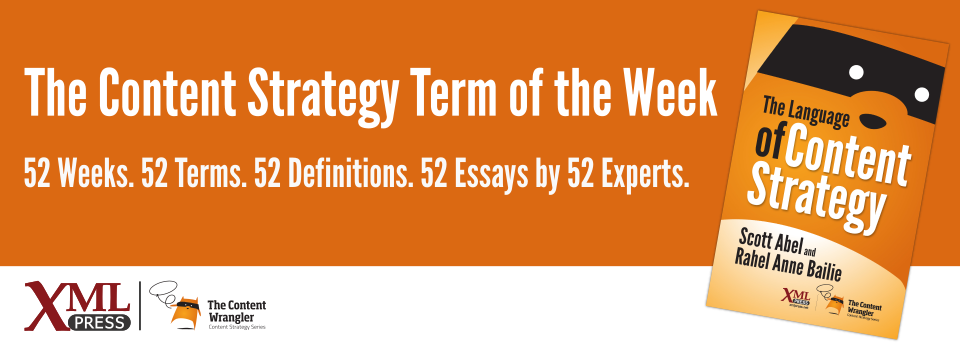What is it?
The ability to create content once, planning for its reuse in multiple places, contexts, and output channels.
Why is it important?
Leverages content to its fullest potential, with benefits such as increased consistency and accuracy and reduced development time.
Why does a content strategist need to know this?
Single sourcing is an approach to developing content that can be used to produce multiple outputs in different formats for different platforms. With this approach, authors only need to maintain one set of source content, greatly reducing authoring, editing, and translation time, as well as reducing the risk of introducing inconsistencies between multiple, often redundant, content sets.
One key to single sourcing is separating content from formatting. Rather than formatting the content while authoring, the content is formatted as part of the publishing process. This frees authors to concentrate solely on the quality of the content and allows designers to format content appropriately for each channel. Single-sourced content is usually in an open format, such as XML, which describes the content semantically so that it can be processed intelligently based on the nature of the information and its intended use.
Successful single sourcing requires a solid plan for content creation and content reuse. The two go hand-in-hand. When creating content, authors must be mindful of all the ways in which it might be used. It’s up to the content strategist to develop the plan for intelligent reuse.
Content strategists must architect content to ensure its maximum reusability in multiple contexts. The content must be sufficiently granular, and it must share a common voice and vocabulary. For single sourcing to succeed, content strategists and authors must collaborate and regularly re-evaluate content in its various uses.

